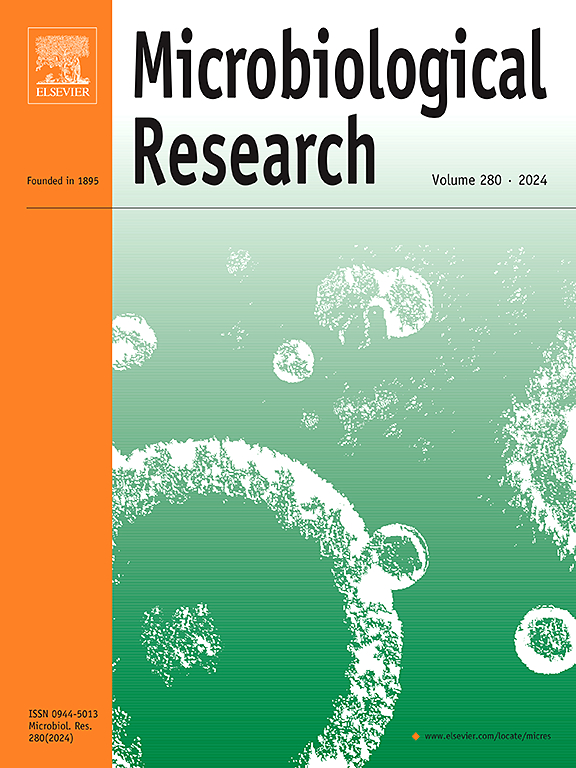酵母蛋白质组学研究进展及其在酒精发酵中的应用
IF 6.9
1区 生物学
Q1 MICROBIOLOGY
引用次数: 0
摘要
酵母蛋白质组学已成为研究酒精发酵分子机制的重要手段,广泛应用于酿酒、酿酒和生物乙醇生产。高通量技术的进步,如双向电泳和质谱,已经能够详细表征发酵酵母菌株中的蛋白质表达动态。这些研究改进了菌株分类,优化了发酵条件,并确定了与风味和香气相关的蛋白质生物标志物。主要发现包括参与糖酵解、乙醇生产、氨基酸和硫代谢的酶的上调,这些酶对酵母适应环境胁迫至关重要。重要的应激相关蛋白,如热休克蛋白(Hsp12p, Hsp26p, Hsp60p),超氧化物歧化酶(Sod1p, Sod2p),氧化还原调节因子(Tsa1p, Ahp1p, Trx1p, Gnd1p),以及与膜和细胞壁完整性相关的蛋白(Cwp1p, Erg11p, Erg6p),已被证明发挥关键作用。中心碳代谢酶(如Pyk1p、Adh1p、Tdh家族)也显著表达。这一不断增长的知识体系突出了蛋白质组学工程在改善酵母性能和感官结果方面的潜力。然而,在将实验室发现扩展到工业过程和实施实时蛋白质组学监测方面仍然存在挑战。多组学和不断发展的分析工具的整合有望推进发酵科学及其生物技术应用。本文章由计算机程序翻译,如有差异,请以英文原文为准。
Yeast proteomics: Advances and applications in alcoholic fermentation
Yeast proteomics has become a crucial approach for elucidating molecular mechanisms underlying alcoholic fermentation, widely applied in winemaking, brewing, and bioethanol production. Advances in high-throughput techniques, such as two-dimensional electrophoresis and mass spectrometry, have enabled detailed characterization of protein expression dynamics in fermenting yeast strains. These studies have improved strain classification, optimized fermentation conditions, and identified protein biomarkers linked to flavor and aroma profiles. Key findings include the upregulation of enzymes involved in glycolysis, ethanol production, amino acid, and sulfur metabolism—crucial for yeast adaptation to environmental stress. Notable stress-related proteins, such as heat shock proteins (Hsp12p, Hsp26p, Hsp60p), superoxide dismutases (Sod1p, Sod2p), redox regulators (Tsa1p, Ahp1p, Trx1p, Gnd1p), and proteins related to membrane and cell wall integrity (Cwp1p, Erg11p, Erg6p), have been shown to play pivotal roles. Central carbon metabolism enzymes (e.g., Pyk1p, Adh1p, Tdh family) are also prominently expressed. This growing body of knowledge highlights the potential of proteomic engineering to improve yeast performance and sensory outcomes. However, challenges remain in scaling laboratory findings to industrial processes and in implementing real-time proteomic monitoring. The integration of multi-omics and evolving analytical tools promises to advance fermentation science and its biotechnological applications.
求助全文
通过发布文献求助,成功后即可免费获取论文全文。
去求助
来源期刊

Microbiological research
生物-微生物学
CiteScore
10.90
自引率
6.00%
发文量
249
审稿时长
29 days
期刊介绍:
Microbiological Research is devoted to publishing reports on prokaryotic and eukaryotic microorganisms such as yeasts, fungi, bacteria, archaea, and protozoa. Research on interactions between pathogenic microorganisms and their environment or hosts are also covered.
 求助内容:
求助内容: 应助结果提醒方式:
应助结果提醒方式:


